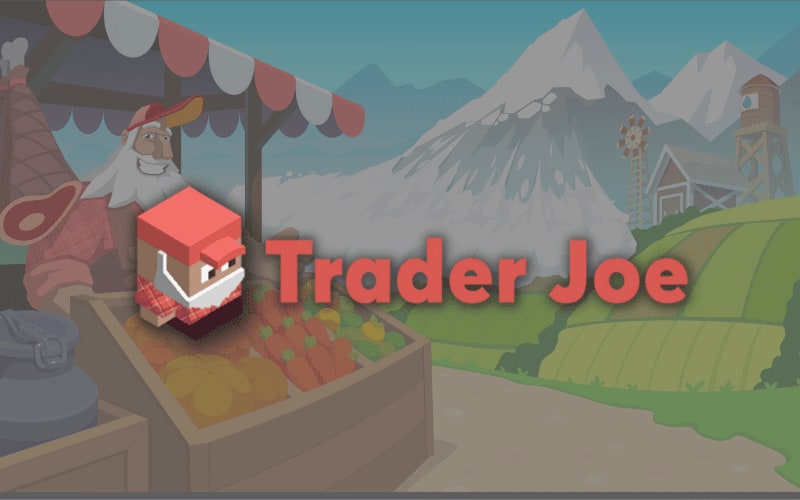Trader Joe
All Things Joe. A dashboard that covers trader joe's volume, transactions, users and pools.
Trader Joe is a decentralized trading platform built on the Avalanche network. It is designed to provide users with a seamless and secure trading experience. Launched on June 29, 2021, Trader Joe offers a range of DeFi services such as automated market maker (AMM) exchange, yield farming, staking, and borrowing.
One of the unique features of Trader Joe is its leveraged trading functionality. This allows traders to amplify their returns by borrowing funds and using them to open larger positions. The platform also enables users to earn rewards through yield farming, where they can stake their tokens to earn a share of the platform's fees and incentives.
Trader Joe has also introduced a new feature called Zap, which simplifies the process of providing liquidity to liquidity pools. With Zap, users can swap their tokens for LP (liquidity provider) tokens in just one click, allowing them to earn additional rewards by providing liquidity to the pools.
In addition to its DEX services, Trader Joe is one of the first decentralized exchanges to offer limit orders. This addresses the issue of price slippage that is common with AMM-based exchanges, providing traders with more control over their trades.
As a community-driven project, Trader Joe is governed by its native governance token, JOE. Holders of JOE can participate in the decision-making process for the platform and earn rewards by staking their tokens to receive xJOE tokens.
Overall, Trader Joe is a platform that offers traders and investors a wide range of DeFi services, with a focus on security, accessibility, and user experience.


My analysis will majorly based on trader joe dex with insights into it's:
- Volume. Here I look into the dex volume, I futher broke down the section/tab into : volume aggregations, volume by user types, joe volume vs top dexes, and protocol fees.
- Transactions. This section contains data on transactions. And it is divided into subsections such as: transaction aggregations, transaction by user type, joe vs top dexes transactions.
- Users. This tab contains joe dex users break down, into: users aggregation, user types, joe vs top dexes users subsections.
- Pools. Here I analyze trader joe top pool based on the top pool users, pool transactions, pool volume and pool rewards.
- Most data was gotten from the from the
avalanche.core.fact_decoded_event_logstable, where I mostly joined with theavalanche.core.dim_labelsto get the contract addresses of the trader joe dexes. I also used theavalanche.core.fact_transactionstable to enable me get the transactions value and users of the dex.